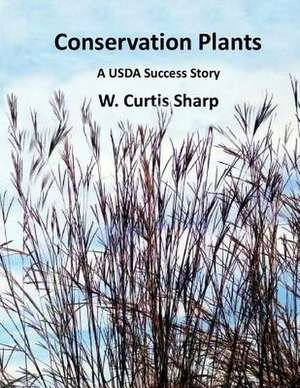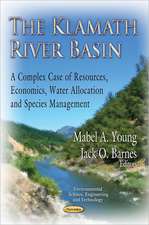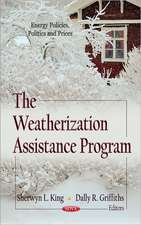Conservation Plants, a USDA Success Story
Autor Sharp, W. Curtisen Limba Engleză Paperback
Preț: 156.66 lei
Nou
Puncte Express: 235
Preț estimativ în valută:
29.98€ • 32.55$ • 25.18£
29.98€ • 32.55$ • 25.18£
Carte disponibilă
Livrare economică 01-15 aprilie
Preluare comenzi: 021 569.72.76
Specificații
ISBN-13: 9780615870052
ISBN-10: 0615870058
Pagini: 496
Dimensiuni: 216 x 279 x 25 mm
Greutate: 1.14 kg
Editura: William Sharp
ISBN-10: 0615870058
Pagini: 496
Dimensiuni: 216 x 279 x 25 mm
Greutate: 1.14 kg
Editura: William Sharp











